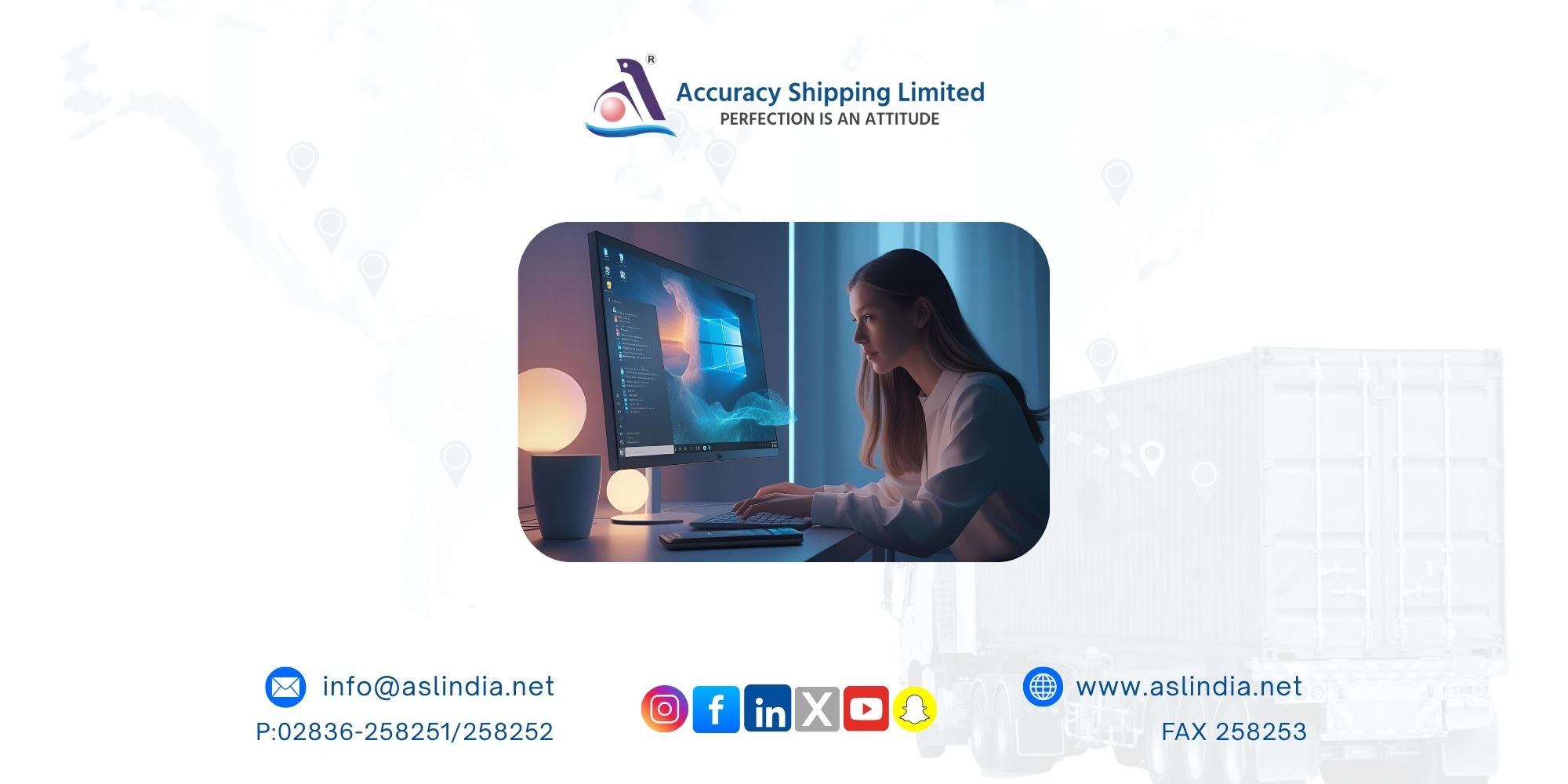Microsoft's 'Windows 2030 Vision' Teases a Radical Shift to AI-Powered User Interfaces

In a bold step toward redefining the future of personal computing, Microsoft has unveiled the first video in its "Windows 2030 Vision" series, teasing a dramatic transformation in how users will interact with the Windows operating system. This new vision centers around agentic AI intelligent systems that don't just assist but actively handle tasks, apps, and workflows on your behalf.
A Glimpse Into the Future of Windows
The video, featuring David Weston, Microsoft's Corporate Vice President of Enterprise & Security, sets the tone with a provocative statement: "The world of mousing and keyboarding around will feel as alien as it does to Gen Z using MS-DOS." This suggests a complete overhaul of the traditional desktop user experience, pointing toward a multimodal, AI-driven interface where users interact with their computers through voice, vision, and intelligent assistance.
Agentic AI at the Core
Weston further elaborates, envisioning a Windows OS that can “see what we see, hear what we hear,” and understand natural language to execute complex tasks. Instead of navigating menus or manually opening applications, users will simply talk to their computers likely via Copilot, Microsoft’s increasingly central AI assistant to get things done.
This idea isn’t entirely new. Back in 2023, Microsoft’s Steven Bathiche spoke at Build about how AI would eventually integrate inside apps, beside apps, and outside apps. While most AI tools today live within specific applications, the Windows 2030 Vision hints at something more foundational: an OS built from the ground up with AI, making it the orchestrator of your digital life, not just a tool within it.
Replacing Clicks with Conversations
Imagine an OS where the cursor becomes obsolete, replaced by conversational input. Want to edit a presentation, generate a report, or organize your folders? You won’t need to open multiple apps or click through menus you’ll just ask. This seamless orchestration across apps, files, and services is exactly what Microsoft appears to be working toward.
What’s Happening Behind the Scenes?
According to insider knowledge, Microsoft has already developed working prototype code exploring these next-generation desktop experiences. The company may also be testing components of this technology publicly, as seen with the newly announced Copilot Mode in Microsoft Edge, which could serve as a sandbox for future AI-powered features.
While Windows 12 is unlikely to be a fully agentic OS, it’s clear that Microsoft is laying the foundation for such a future. Even CEO Satya Nadella has acknowledged that AI will “fundamentally change what an operating system is, what a UI looks like, and how application interaction goes.”
Why Microsoft Is Uniquely Positioned
Unlike standalone AI apps from OpenAI, Perplexity, or others, Microsoft has the advantage of deeply embedding AI into the core of its operating system. A future agentic Copilot won’t just assist you it could become the OS itself, blurring the line between assistant and interface.
What’s Next?
The Windows 2030 Vision video appears to be the first in a series, with more insights expected in the coming months. While a fully AI-powered Windows OS may still be years away from mass adoption, the direction is clear: Microsoft is building the future now, and it’s going to be conversational, intelligent, and radically different from what we know today.







